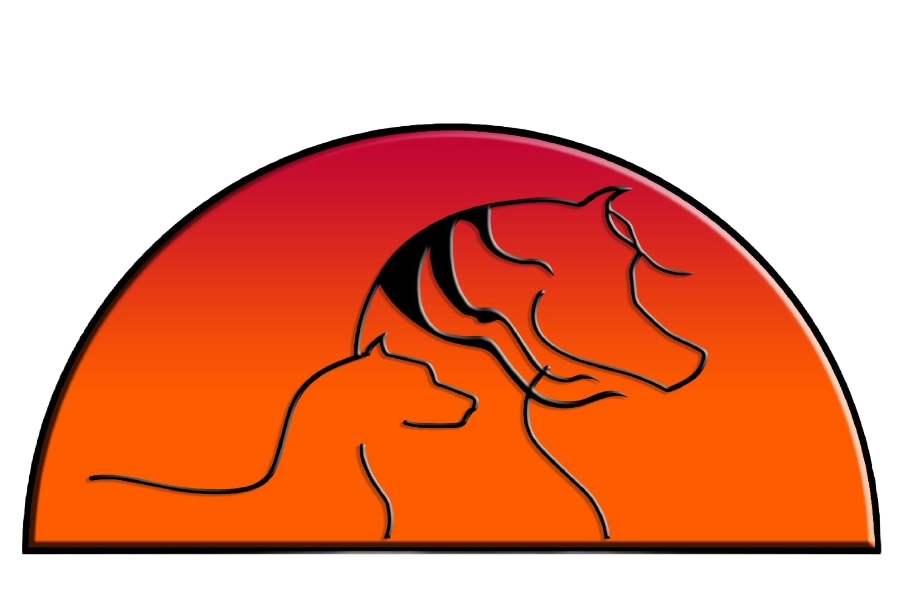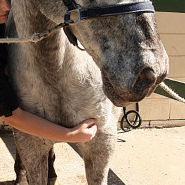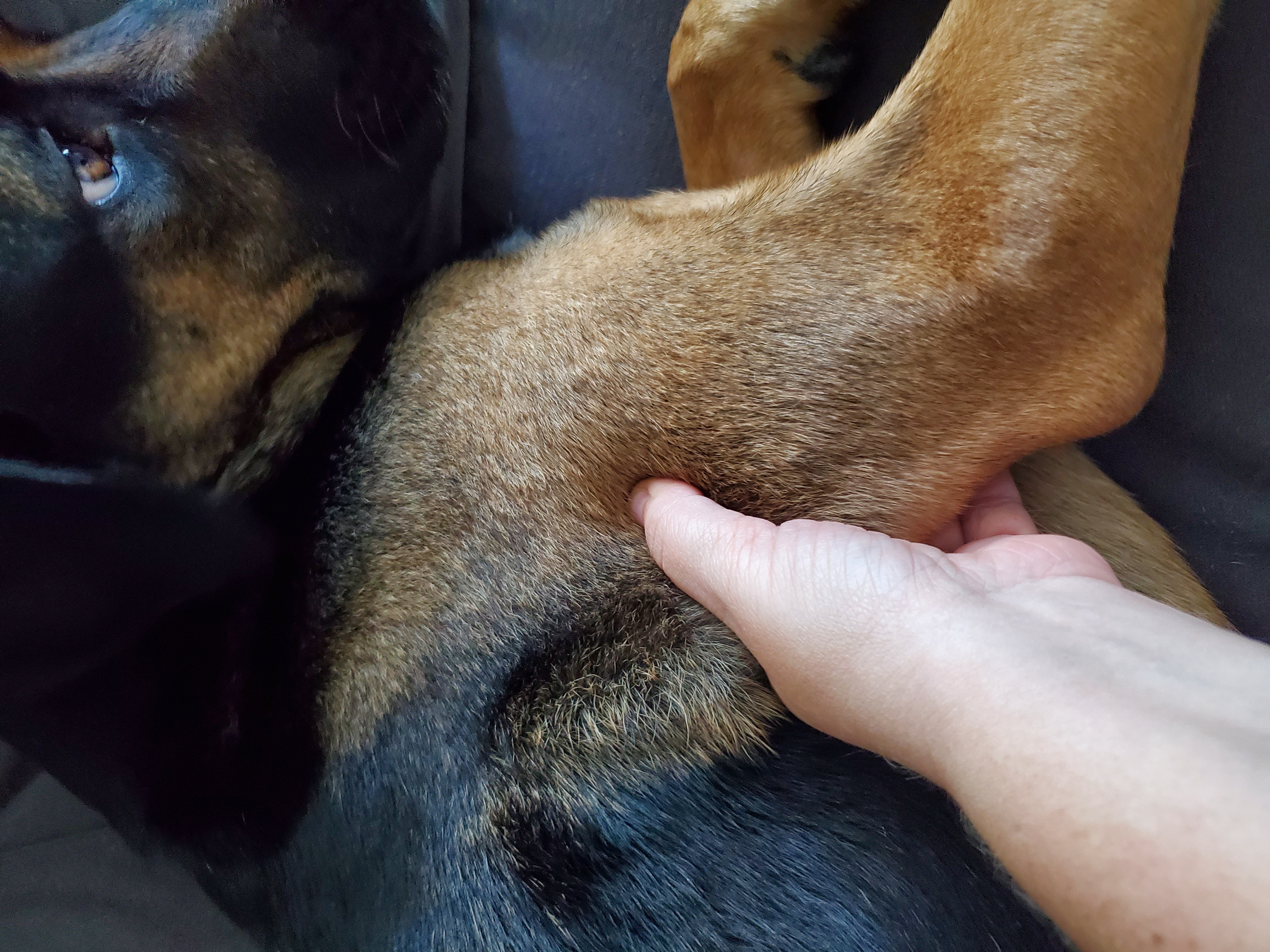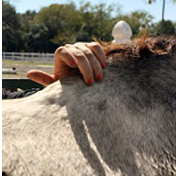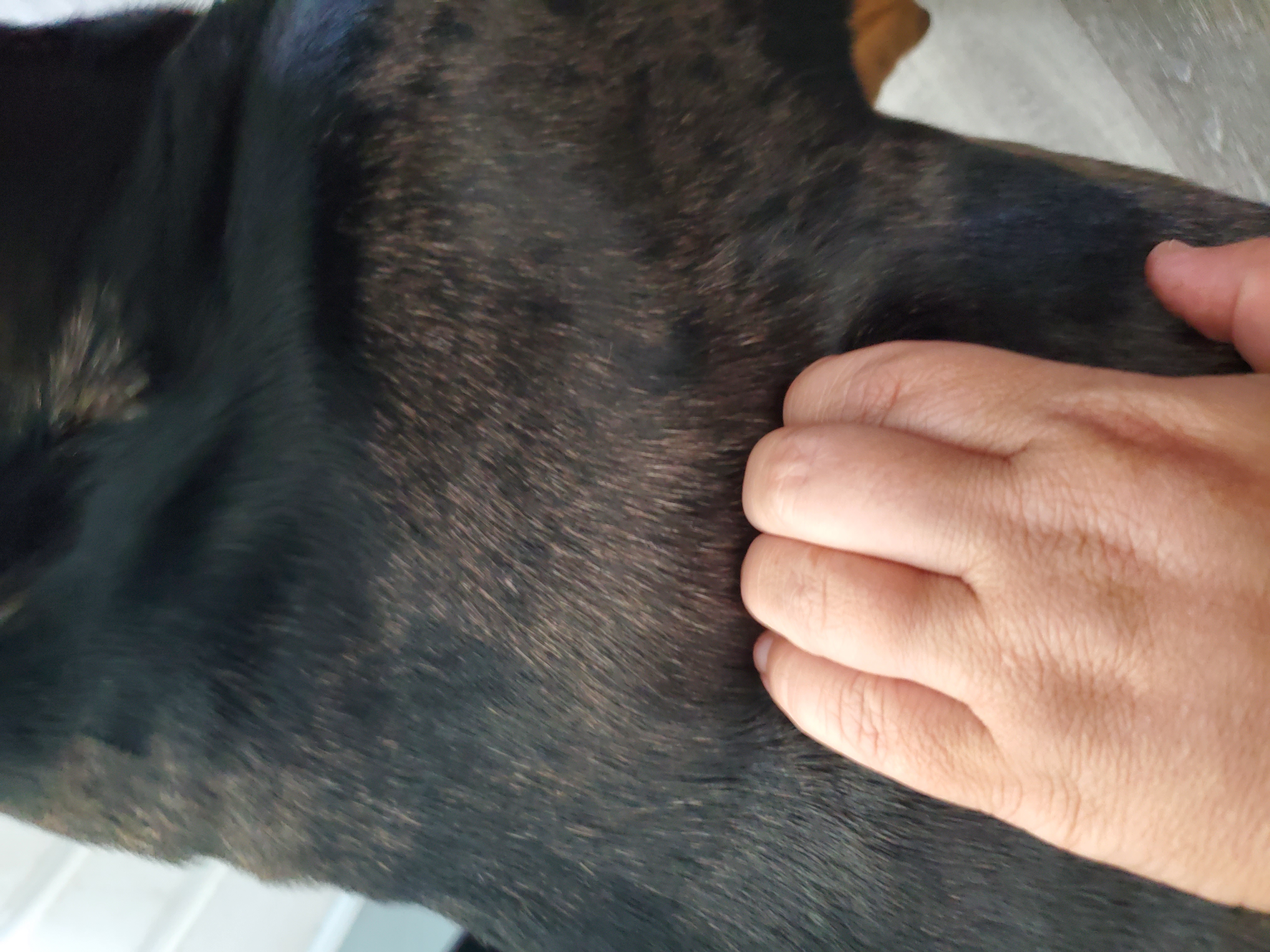Scientific Research
Below you will find links to scientifically published articles that detail some of the recorded health benefits of massage therapy in animals. One thing that all the articles agree on, is that more scientific studies need to be done to further learn about all the health benefits of massage therapy. We at Tranquil Touch are in complete agreement. We would love to see further research into all the wonderful benefits of massage therapy on animals.
After over a decade of working on horses and dogs we have seen the benefits first hand. We have worked on horses and dogs with arthritis, laminitis, herniated discs, torn ligaments, sprained muscles, paralysis, soreness from competitions, and so much more. And we have seen remarkable improvement across the board. But anecdotal evidence is not enough, so we invite you to explore the following links and learn more about the scientifically documented benefits of massage therapy.
